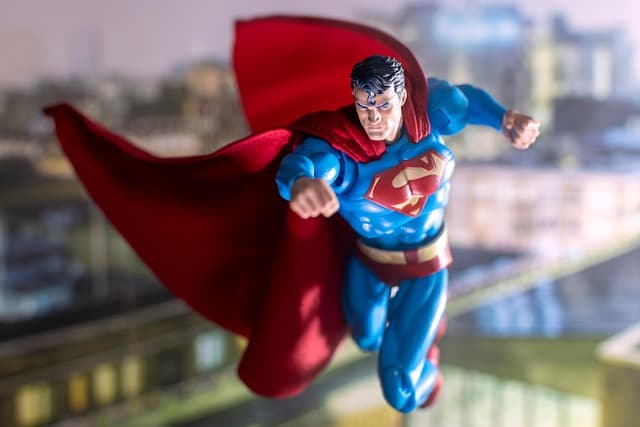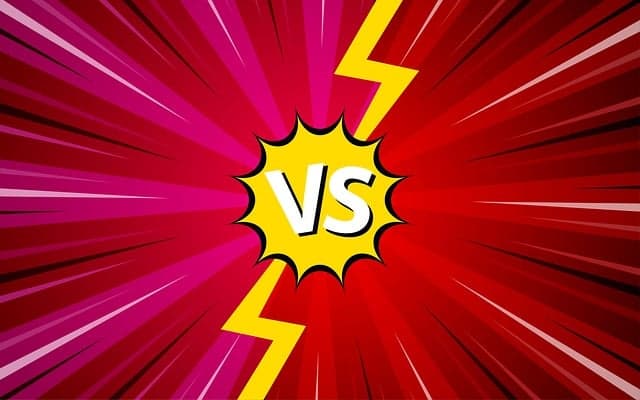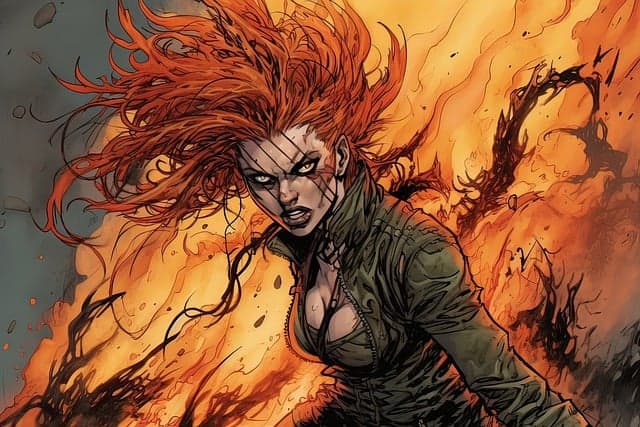Comics, like any other art form, reflect society’s problems and offer solutions. We discuss feminism and the fight against corruption on social networks. The same phenomena we find on the pages of comic books. Superheroes find their own answers to questions about equality, resistance to total state control and homophobia. The Weekend looks at how comic books have responded to humanity’s major problems and anxieties over the years.
In the mid-20th century, superheroes came into the world, ushering in the Golden Age of comics. The crazy popularity of superheroics not coincidentally coincided with one of the most difficult periods for the whole world. The late 30s – world wars, the Holocaust, nuclear threats, rampant crime, gangster skirmishes. It was then that society felt a great need for protection, and that need created new heroes. Batman, Superman, Captain America, Wonder Woman, Iron Man – they appeared to give hope, protect humanity and save it, if only on the pages of painted magazines.
Time passed, threats, principles and ideals changed. But comics existed in an inextricable symbiosis with the world around them to fill the need for these or those heroes.
Some people still call comic books a children’s story. But it’s much more complicated than that. Many global social issues are reflected in comics. The oppression of minorities, xenophobia, homophobia, the emergence of feminism, Nazism, terrorism, corruption – comics have always become a mirror for society, revealing vices and problems as vividly as possible.
The Golden Age of comics, although it was the period of their emergence and formation, still turned out to be quite primitive and cardboard. America created the mythology of its new world from scratch and used it solely for propaganda. During World War II, comic books were published in huge numbers to boost the nation’s morale. The characters were flat, clearly divided into good and evil. Decades later, a massive evolution began. The birth of real comics, which would reflect issues rather than manipulate the mind, was in the 60s.
The Great Depression, Disunity, and a Ray of Hope
If we talk about large-scale problems, we should start with the first superhero the world saw – Superman. The year 1938 is practically the end of the Great Depression, America proclaims a new course and puts forward new ideals. But the society is frightened by the changes. And that’s where a superhero comes to the rescue. True, the original Clark Kent was very different from the hero we know now. Once he could only jump long distances, was not afraid of murder and dealt with domestic quarrels and petty crimes. After a while, the hero was transformed, began to shoot lasers from his eyes, fly, carry buildings and generally save the world, as it should be a proper superhero.
Superman was a creation of the Great Depression. He brought together every possible positive quality and became a ray of hope, an activist who could unite a divided nation. He was an ingenuous, straightforward, noble protector who always knew how to do the right thing.
There is an opinion that Superman was made an alien for a reason. America has always been considered a country of immigrants, and Clark Kent himself is an immigrant like everyone else. Only not from a neighboring continent, but from a distant planet.
Superman is referred to as the social avenger. During World War II, comic books about his adventures were distributed to American soldiers to show an example of self-sacrifice for a good cause.
Clark Kent became a kind of marker of normality when people lacked hope and confidence in the future. Superman was that universal soldier who could deal with any threat, be it war, economic crisis or a family stabbing.



